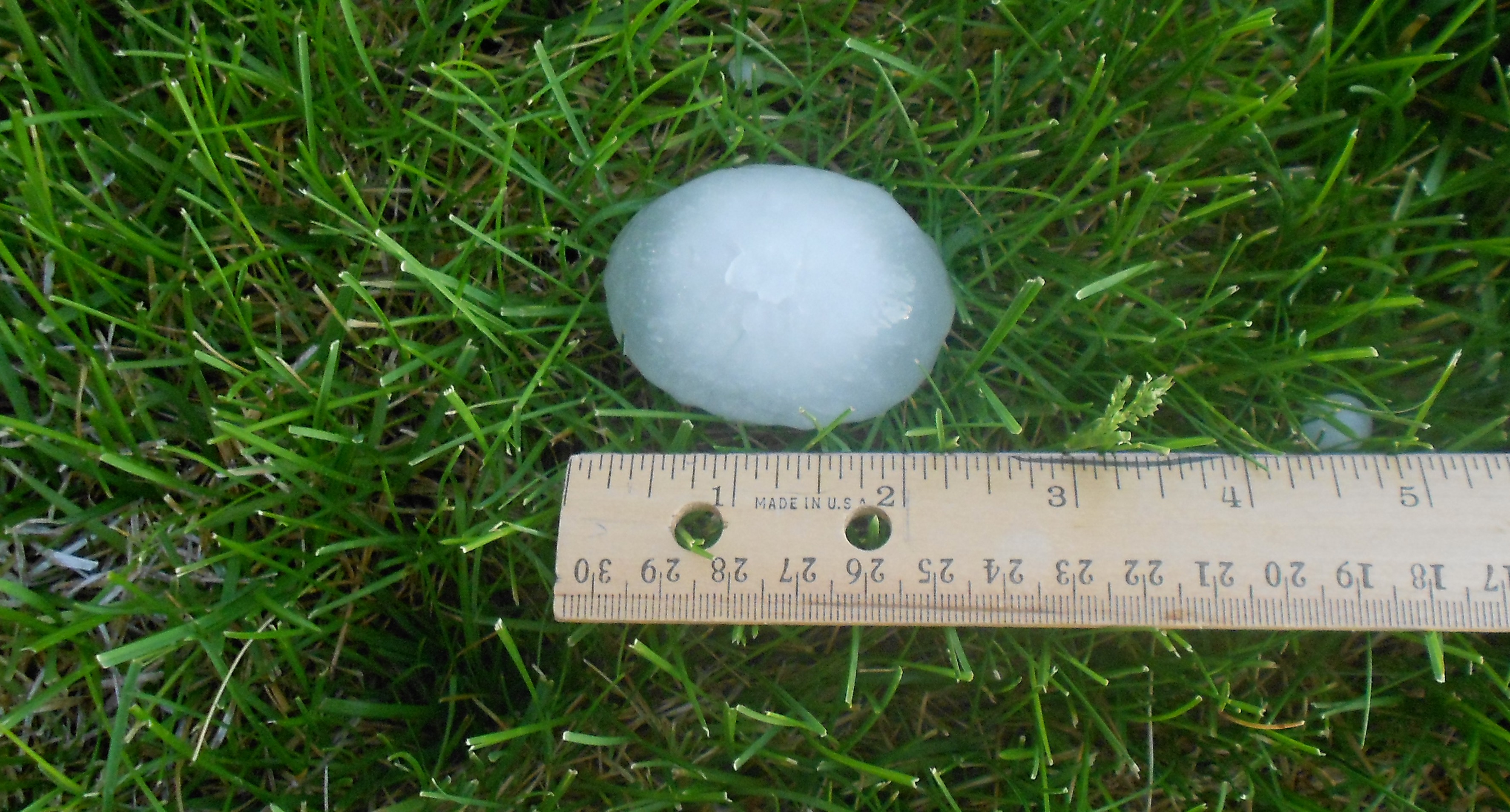Colorado Hail Season is About to Heat Up
As warmer years loom, meteorologists warn that Colorado’s hail season is poised to become increasingly severe. This outlook aligns with the rising frequency of extreme weather events across the country, from tornado outbreaks in the Midwest to predictions for a formidable hurricane season. Residents and authorities are gearing up for a summer of unpredictable and potentially damaging weather patterns.
Recent Weather Events
Recent storms in Colorado have already demonstrated the potential scale of the problem. An EF-1 tornado, which spanned six miles, wreaked havoc across Highlands Ranch, uprooting trees and damaging infrastructure. The storm was part of a system that traveled through the Front Range and into the Eastern Plains, causing flash floods and power outages. Emergency alerts warned of hail up to baseball-sized, while tornado warnings advised people to shelter indoors (Colorado Public Radio).
In another series of storms, golf ball to tennis ball-sized hail hammered areas along the I-70 corridor near Strasburg. The hail shattered windows, dented cars, and tore up vinyl siding on homes. Residents in southeast Aurora reported cracks and holes in their siding after the hailstorm, with some contemplating full replacements for sections of their homes (Colorado Public Radio).
At the iconic Red Rocks Amphitheatre in Morrison, an outdoor concert was abruptly interrupted by a storm that drenched concertgoers with hail and rain. Nearly 90 people were injured, seven of whom were hospitalized due to the severity of their injuries. Denver saw its rainiest June in over a century, with records dating back to the 1880s shattered by torrential downpours and flash floods (KUSA.com).
How to Prepare for the Season
Alan, the owner of Roofing Experts, a Denver roofing company, stressed the importance of early preparation: “People must be proactive in securing their properties to minimize damage. With the increased likelihood of extreme hailstorms this season, ensuring your roof is ready can save you thousands in repair costs.”
He recommended that homeowners inspect their roofs for damage and reinforce their gutters, ensuring water can drain away from the house. Residents should also evaluate their insurance policies to understand coverage and adjust deductibles. The National Weather Service also advises that during storms, people seek immediate shelter in basements or windowless rooms and avoid being outside, where flying debris can cause severe injuries (Colorado Public Radio).
Weather Patterns Contributing to Severity
A combination of factors has led to the heightened potential for severe weather. Warmer temperatures and high dew points have increased moisture levels, particularly in eastern Colorado. Humid air and strong wind shear—a rapid change in wind direction and speed at different altitudes—create conditions conducive to developing powerful thunderstorms capable of producing hail and tornadoes.
These patterns have already resulted in dramatic swings between sweltering heat and unseasonably cool temperatures, as seen in Denver, where a scorching start to the week was quickly followed by cooler days with afternoon storms (KUSA.com). Despite the reprieve, hotter and drier conditions are predicted to return, with highs in the 90s and a limited chance of storms later in the season.
The Broader Impact
The effects of these storms reach far beyond property damage. They disrupt local economies, damage crops, and increase insurance costs due to a flood of claims. Previous hailstorms have cost Colorado billions in repairs, including a 2017 storm that shut down the Colorado Mills Mall for six months and led to over $2.3 billion in damages (Colorado Public Radio).
While local authorities have improved their warning systems and disaster response plans, homeowners and businesses must take proactive measures. Securing homes and vehicles, understanding insurance policies, and staying informed about developing weather patterns is critical to mitigating the impact of the approaching hail season.
As the hail season continues to heat up, staying vigilant and prepared can make all the difference in weathering Colorado’s unpredictable and increasingly fierce storms.

